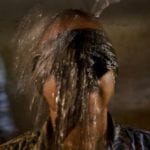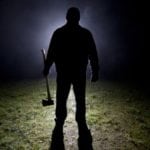 Music
Music  Music
Music  History
History 10 Less Than Jolly Events That Occurred on December 25
 Weird Stuff
Weird Stuff 10 Funny Ways That Researchers Overthink Christmas
 Politics
Politics 10 Political Scandals That Sent Crowds Into the Streets
 Weird Stuff
Weird Stuff Ten Bizarre Facts About The Doge Meme
 Our World
Our World 10 Ways Your Christmas Tree Is More Lit Than You Think
 Movies and TV
Movies and TV The 10 Coolest Stars to Set Sail on The Love Boat
 History
History 10 Things You Didn’t Know About the American National Anthem
 Technology
Technology Top 10 Everyday Tech Buzzwords That Hide a Darker Past
 Humans
Humans 10 Everyday Human Behaviors That Are Actually Survival Instincts
 Music
Music 10 Surprising Origin Stories of Your Favorite Holiday Songs
 History
History 10 Less Than Jolly Events That Occurred on December 25
 Weird Stuff
Weird Stuff 10 Funny Ways That Researchers Overthink Christmas
Who's Behind Listverse?

Jamie Frater
Head Editor
Jamie founded Listverse due to an insatiable desire to share fascinating, obscure, and bizarre facts. He has been a guest speaker on numerous national radio and television stations and is a five time published author.
More About Us Politics
Politics 10 Political Scandals That Sent Crowds Into the Streets
 Weird Stuff
Weird Stuff Ten Bizarre Facts About The Doge Meme
 Our World
Our World 10 Ways Your Christmas Tree Is More Lit Than You Think
 Movies and TV
Movies and TV The 10 Coolest Stars to Set Sail on The Love Boat
 History
History 10 Things You Didn’t Know About the American National Anthem
 Technology
Technology Top 10 Everyday Tech Buzzwords That Hide a Darker Past
 Humans
Humans 10 Everyday Human Behaviors That Are Actually Survival Instincts
10 Terrifying Facts Of The Honolulu Strangler
When one thinks about serial killers, one tends to think about darkness. The gaslit and rain-swept streets of Whitechapel in 1888, the gray days of Ted Bundy’s Pacific Northwest, or the the industrial gloom of Chicago during the reign of H.H. Holmes all come to mind.
Hawaii, America’s island paradise, is the opposite of dreary. Honolulu is a Pacific metropolis that hosts millions of tourists every year, a majority of whom want to spend lazy days under the limitless sunshine. These tourists do not think about danger or human predators while they sip mixed drinks or surf the waves on Waikiki Beach.
Between 1985 and 1986, however, true darkness reached Honolulu. During those years, Hawaii’s first known serial killer, the Honolulu Strangler, took five lives. The case remains unsolved to this day and may be the blackest mark in Honolulu’s history.
10 The Murder Of Vicki Gail Purdy

The first recorded victim of the Honolulu Strangler (also known as the Honolulu Rapist) was 25-year-old Vicki Gail Purdy. By all accounts, Purdy was a gorgeous blond who lived in Miliani with her husband, Gary Purdy. Gary was a stationed in Hawaii as a helicopter pilot for the US Army. As for Vicki, she worked at the Wahiawa Video Rental store. Although small and petite, Gary and Vicki’s friends all told police that Vicki packed a mean punch.
Vicki came from North Carolina and was very headstrong. Honolulu detectives discovered that Vicki was known to go to nightclubs with her friends without the company of Gary. On the night of her murder (a Wednesday), Gary expected his wife to come home before 9:00 PM after dancing at a nightclub in Waikiki. When Vicki failed to come home that night, Gary relentlessly paged his wife. The next day, Gary found Vicki’s car in the parking lot of the Shorebird Hotel. A local cab driver told police that he had dropped Vicki off at the hotel sometime around midnight.[1]
Vicki’s body was found on the morning of May 30, 1985. The corpse was located on an embankment near the Keehi Lagoon. Vicki’s killer had bound her hands behind her back, raped her, and then strangled her.
9 Video Store Connection?
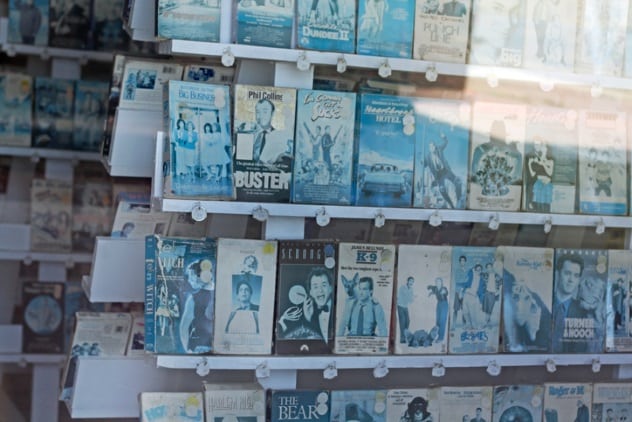
One of the first angles pursued by investigators concerning the murder of Vicki Gail Purdy was the Wahiawa Video Rental store. Gary Purdy had long objected to his wife’s place of work, for the video store was known to sell pornographic films. Given the sexual nature of the crime, Honolulu detectives surmised that maybe a porn-obsessed customer of Wahiawa Video Rental had stalked and attacked Vicki.
It was undeniable that Wahiawa Video Rental had a bad reputation. The store had already seen deadly violence in the past. In December 1984, two women—a worker and the co-owner of the store—were stabbed to death.[2] That gruesome case, however, was never tied to the murder of Vicki Purdy.
8 The Murder Of Regina Sakamoto
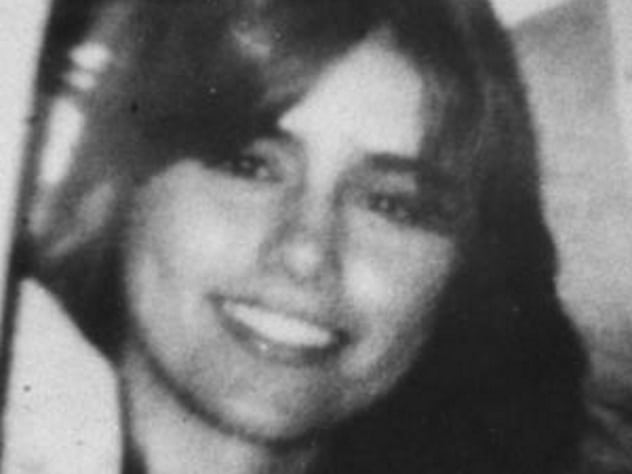
The Honolulu Strangler’s next victim was a high school student, 17-year-old Regina Sakamoto. Sakamoto was last heard from on January 14, 1986, at about 7:15 AM. During a brief phone conservation with her boyfriend, Regina said that she would be late and would not catch her usual bus.
Regina would be considered missing for a month. Then, in February 1986, Regina’s corpse was found near Keehi Lagoon. Investigators discovered that Regina had been raped and strangled just like Vicki Purdy. Also like Purdy, Regina’s killer had bound her hands behind her back.
Regina was small and petite like Vicki, although the 150-centimeter (4’11”) and 48-kilogram (105 lb) Regina was noticeably shorter and thinner than Vicki. Regina was also a Hawaii transplant who had been born in Kansas. Regina’s Japanese surname came from her stepfather, military serviceman Maurice Sakamoto.[3] By all accounts, Regina was a shy and quiet girl who planned on attending university in Hawaii in the fall.
7 A Serial Killer On Their Hands
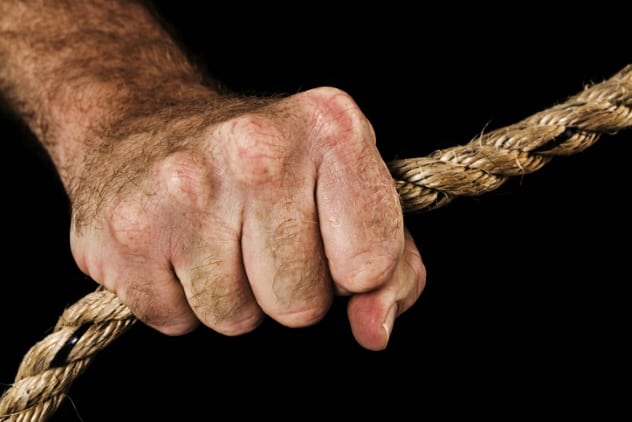
The discovery of Regina Sakamoto’s corpse convinced homicide detectives in Honolulu that their city was the home of an unidentified serial killer. First of all, the killer’s first two victims had both been raped and strangled. Second, the killer had bound the hands of both Purdy and Sakamoto, and in both instances, the women had died with their hands secured behind their backs.
There was also the importance of the Keehi Lagoon. Oahu residents and tourists alike know the lagoon as part of an urban beach park.[4] The lagoon has easy access to the Pacific Ocean and is dotted here and there with tiny islands. This was the killer’s preferred dumping ground, and in the case of Honolulu in the 1980s, the Keehi Lagoon Park was about as secluded as it got.
6 The Murder Of Denise Hughes
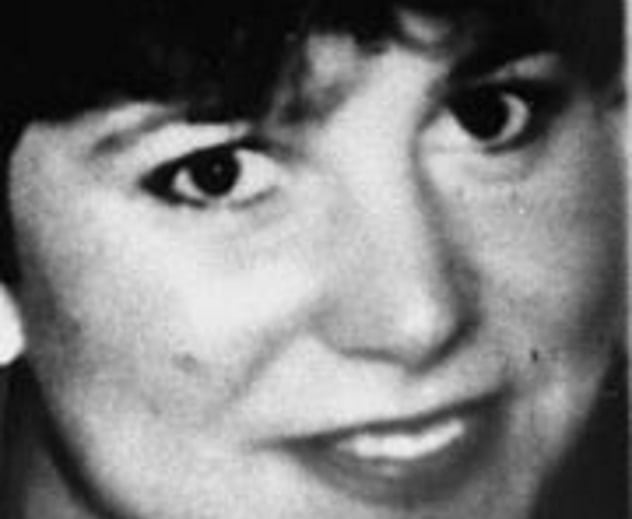
Two weeks after Regina Sakamoto disappeared, 21-year-old Denise Hughes, a native of Washington state, failed to show up for work at her job as a secretary for a telephone company. Like Regina, Denise used Honolulu’s bus system to get around, and it is likely that Denise met her killer on one of those buses.[5]
Three fishermen eventually found Hughes’s corpse on February 1, 1986. Rather than the Keehi Lagoon, Hughes’s killer had left her body near the Moanalua Stream. This was not the only change to the killer’s modus operandi: The three young fisherman initially found Hughes’s body wrapped in a blue tarp. Although Hughes’s corpse was badly decomposed by the time it was found, homicide investigators quickly discerned the fact that her hands had been bound prior to death and that she had been strangled.
5 A Task Force is Formed

Following the discovery of Hughes’s corpse, the Honolulu Police Department, then headed by Major Chester Hughes (no relation to Denise Hughes), decided to form a serial killer task force under the umbrella of the department’s Criminal Investigative Division.
The task force was immediately pitted against massive odds. By 1986, Oahu was the center of a telecommunications boom that had attracted thousands of migrant workers. Hawaii was also home to a huge military population, with Army, Navy, and Marine Corps installations all over. Also, between 1985 and 1986, 10.5 million people visited Hawaii as tourists.[6] The killer could have come from any one of these populations.
The HPD did manage to create a profile of the Honolulu Strangler during this time. According to the profile, the killer was an opportunist who attacked women who frequented vulnerable spots like bus stops. The killer did not stalk his victims before killing them, and given the location of the dumping sites, investigators theorized that he lived somewhere near Waipahu or Sand Island.
4 The Murder Of Louise Medeiros
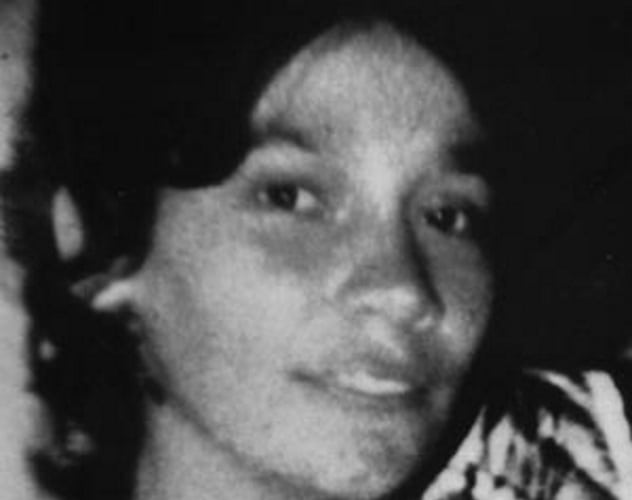
Louise Medeiros was just 25 when she was murdered by the Honolulu Strangler. On March 26, 1986, Medeiros boarded a red-eye flight to Oahu. From there, Medeiros told her family that she planned to take a bus to Waipahu in order meet them following the tragic death of their mother. Medeiros was last seen alive leaving the plane after it landed in Honolulu.[7]
Medeiros’s body was found by construction workers on April 2 near the Waikele Stream. Like the other four victims, Medeiros was found partially clothed. (The killer always removed the pants and undergarments and left his victims nude from the waist down.) She had also had her hands tied behind her back. Medeiros had been sexually assaulted and strangled.
In order to catch the killer, the HPD began sending their female officers undercover to the Honolulu International Airport and to Keehi Lagoon. By now, it was clear that the killer favored out-of-town victims or those with limited connections to Hawaii.
3 The Murder Of Linda Pesce
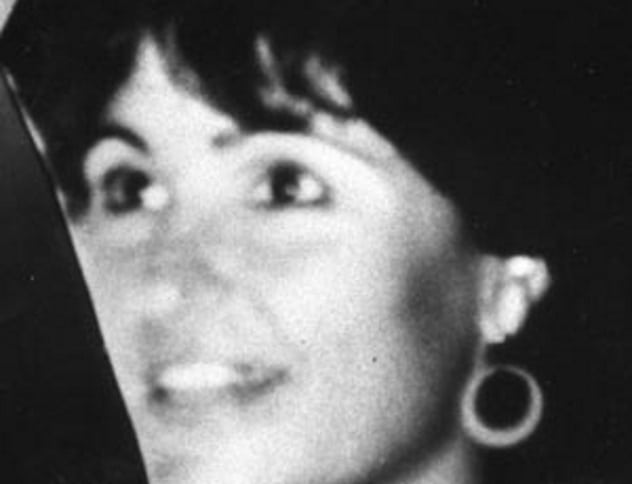
Regina Sakamoto was the Honolulu Strangler’s youngest victim. The killer’s last known victim, Linda Pesce, was his oldest. Pesce died at the age of 36. The last person to see Pesce alive was her roommate, who told police that Pesce had left home on the morning of April 29, 1986. The next morning, this roommate was told that Pesce had failed to show for work and that her car had been found parked near a viaduct on Route 92-Interstate H-1.[8] It was at this point that Pesce was reported missing.
The case took a strange twist when an unidentified white male, aged 43, told police that a psychic (also unnamed) had informed him that Pesce’s body was located on Sand Island. On May 3, the man took investigators to one spot on the island. Pesce’s body was not there, but it was later uncovered elsewhere on Sand Island. Pesce had been strangled, and police found her naked and with her hands tied behind her back.
2 The First Suspect

Following Pesce’s murder, the 27-man HPD task force began setting up roadblocks all over the city. The goal of these roadblocks was to stop and question citizens about the murders. One of the people questioned at a roadblock said that they saw a white or mixed-race man driving Pesce’s car.
On May 9, Honolulu officers made their first arrest. They slapped handcuffs on the unnamed informant who had led them to Pesce’s corpse. The suspect’s girlfriend then told police that the man was a “smooth talker” who had an interest in sexual bondage. The ex-wife said that the suspect often had sex with her after tying her hands behind her back.
Other facts made this man a viable suspect. For instance, the suspect’s ex-wife said that each murder coincided with a domestic dispute between the couple. During these fights, the suspect often left the house and did not come home again until the next morning or during the early morning hours. The suspect also worked as a mechanic near Lagoon Drive and lived on Ewa Beach. Amazingly, this man was let go by Honolulu detectives, even after he failed a polygraph examination.[9]
1 New Suspect
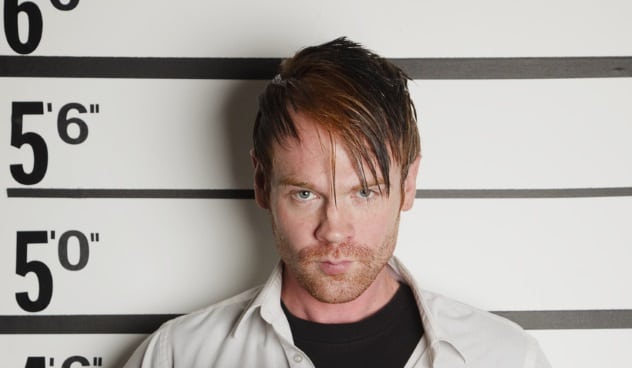
Two months after the May 9 arrest, an unidentified woman come forward and told police that she had seen Pesce with her killer on the night of April 29. When this man was brought in and stood before a police lineup, the eyewitness successfully picked him out. However, she ultimately refused to cooperate because she told police that the man had seen her on April 29 as well.
In May 2018, the television show Breaking Homicide revisited the Honolulu Strangler case and named a new suspect: Howard Gay. Well, the term “new” is a stretch—Gay is the man who led police to Pesce’s body back in 1986. In the episode, former prosecutor Peter Carlisle all but admitted that Gay was the killer. According to Carlisle, police lacked enough evidence against Gay, and had the HPD had access to DNA testing in 1986, then Gay would have been easily convicted.[10]
The show’s investigators also suggested that the Honolulu Strangler may have also killed 19-year-old Lisa Au in 1982. Au was last seen alive just after midnight on January 21, 1982. Her car was later found near Kapaa Quarry Road. Ten days later, on January 31, 1982, a jogger found Au’s nude, decomposing body on Tantalus Lookout in Waikiki. Police were never able to officially list Au’s cause of death.
Read about more disturbing unsolved serial murders on 10 Haunting Facts Of The Doodler Of San Francisco and 10 Terrifying Facts About The Cleveland Torso Murderer.


